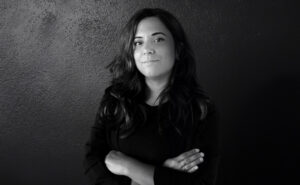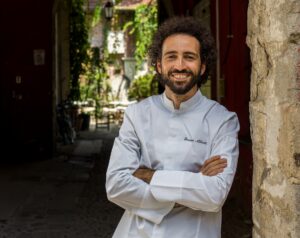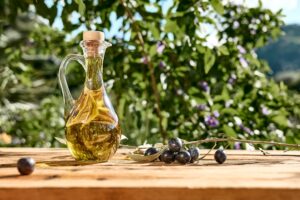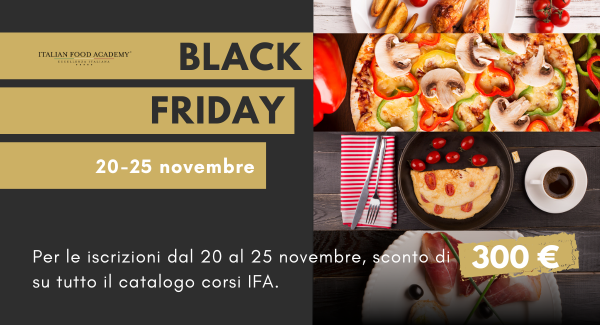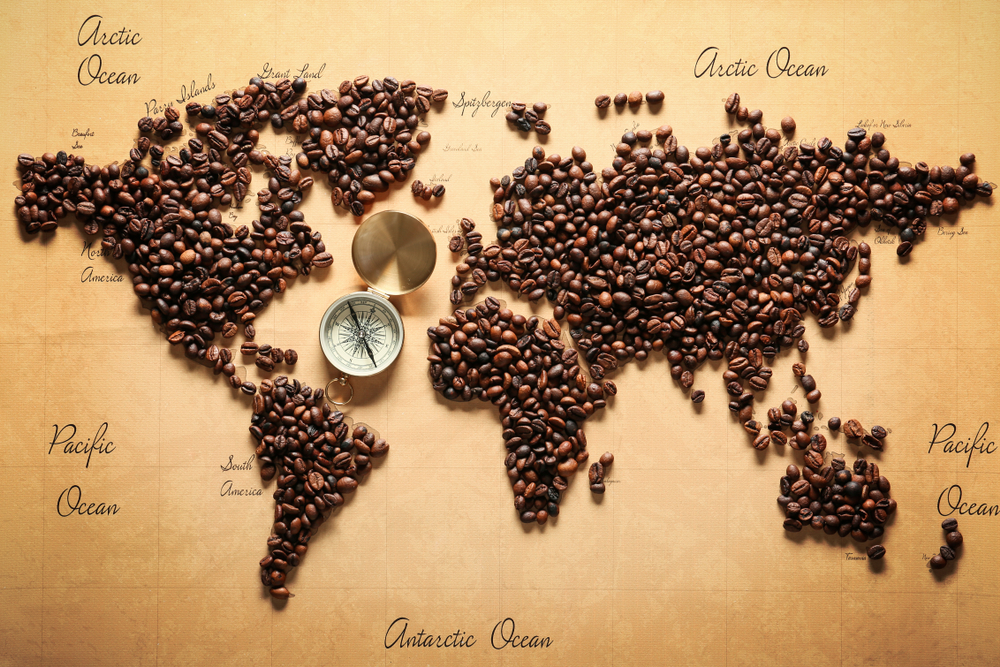
Prepared at home with the mocha or consumed at the coffee shop as espresso or cappuccino, coffee accompanies the days of each of us for now unlimited time, so much so that it has become not only a gastronomic phenomenon, but first and foremost a cultural one. Short, long, macchiato, proper: that of choosing between the different variants is not an end in itself, but allows the bartender to establish with the coffee enthusiasts An atmosphere of friendly trust.
However, we are happy to have discovered that the coffee ritual is much broader than expected, expanding far beyond national borders: coffee is the result of a complex journey of research, selection, trade and promotion. Drinking coffee is an act of love to ourselves, an opportunity to relax, but it is also the story of a long and arduous adventure: it tells of distant peoples and different customs and traditions, and does so with its elegant, curious and universal language. For this article we have chosen five places that translate all the passion for the most famous intense dark liquid on the planet into five stories that blend tradition and modernity.
Good coffee makes culture and gives emotions
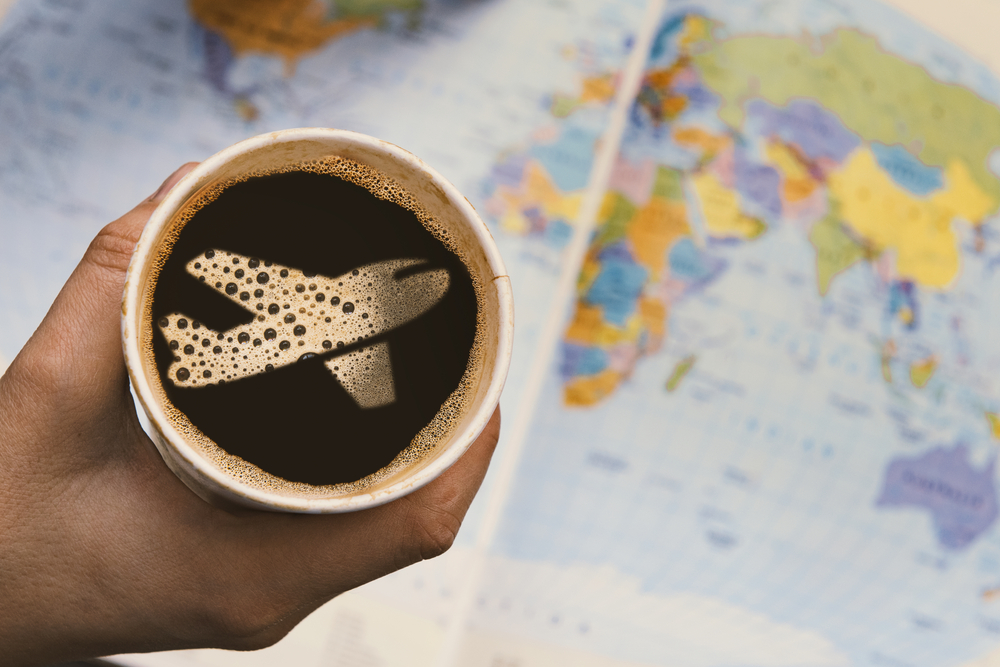
Some say that the Greeks have a fixation for coffee equal to, or even greater than, that of us Italians... maybe! Certainly drinking it is an ancient ritual that changes with the seasons: calm and idle during winter, cheerful and convivial in summer, when the kafenion are populated with tourists. The Greek coffee however, is very different from ours: the preparation involves boiling the grain in the briki, a copper pot wide at the base with a long, narrow handle, and once the kaimaki, that is, a nice full-bodied foam, then it will be ready to be consumed.
In Cyprus we drink the coffee milkshake: a kind of instant coffee mixed with water and sometimes enriched by an addition of milk; the result is a dark drink with a fluffy, abundant white foam on top.
In Morocco it is always consumed while seated, and even when espresso is ordered, it is always long; usually sweetened and with a slightly sour taste, coffee here is strongly spiced and the protagonist of rituals that have nothing to envy to those of tea, which, accompanied by mint, represents the Moroccan drink par excellence. The so-called Moroccan coffee that we like so much, prepared with cocoa, milk and espresso coffee, however, contrary to what you might think, it is a drink that originated in Piedmont, specifically in Alessandria: the name was chosen because the color of the drink is reminiscent of that of a particular type of leather used in Morocco in the 1930s.
During the years of Communism, Russians always preferred tea: coffee was considered a drink for the few. Then, over the past few decades, things have changed: coffee has taken more and more space and now people drink it at any time of the day. The raf, namely a vanilla coffee, is among the most popular in Moscow, but there are also those who prefer it paired with cognac or limoncello. In St. Petersburg, on the other hand, coffee tastes like white nights: it is always drunk with a fluffy milk cream; finally, in Siberia, they love it with pine nuts.
Immediately after World War II, Finns used to add cereals, such as rye and barley, and even vegetables such as chicory to coffee. Today, this people receive credit for creating the World's first lab-grown coffee: this innovative product responds to an ever-increasing demand, bones that of making the production of this beverage, whose cultivation unfortunately contributes to deforestation, more sustainable. However, the real impact of this scientific work will be seen concretely once it receives acceptance from companies that are willing to rethink the production of food ingredients and then commercialize them, to be considered last, finally, will remain the issue of taste ... but as they say, he who begins well is already half the work!
Italian Food Academy's Coffee specialist course.
Italian Food Academy's Coffee Specialist course. is aimed at those who want to become coffee experts, learning how to define its quality objectively: from the roasting process to storage, this beverage will no longer have any secrets for all those who decide to embark on this fascinating training path.
What are you waiting for? Request an interview with noi!



